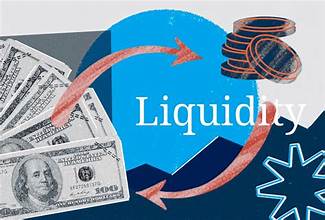Most trading platforms and tools provide correlation matrices that display the relationships between currency pairs over various time frames. These matrices are essential for spotting strong positive or negative correlations and adjusting your trades accordingly.
Using Correlations to Your Advantage
1. Risk Management
Avoid overexposure by recognizing when multiple trades are tied to the same market movements. For instance, the EUR/USD and GBP/USD pairs are often positively correlated. Holding positions in both can amplify risk if the market turns against your favor.
2. Hedging Strategies
Take advantage of negative correlations to hedge your trades. For example, if you go long on USD/JPY, you might consider a short position in EUR/USD to balance potential risks.
3. Identifying Divergences
Sometimes, correlated pairs may temporarily diverge. These divergences can signal trading opportunities, as they often correct themselves over time, allowing traders to profit from re-alignment.
4. Refining Entry and Exit Points
Correlations can help confirm trade setups. If you’re trading a positively correlated pair, seeing similar movements in the related pair strengthens the validity of your analysis.
Key Considerations
While correlations are useful, they are not static. Economic events, geopolitical developments, and market sentiment can cause correlations to shift. Regularly updating your correlation analysis and combining it with other trading tools ensures a more comprehensive strategy.
Understanding currency pair correlations can provide traders with a powerful tool to make more informed decisions. By learning how currencies relate to one another, you can minimize risks, maximize profits, and better manage your trades. This article delves into what currency pair correlations are, why they matter, and how you can leverage them to improve your trading strategy.



